CREATE THE WORLD, YOU WANT TO LIVE IN!
Fighting climate change is long-term, multi-player strategy game that we all play every day.
Are you ready to join? Game on!
Game On before it’s Game Over!
This is our last chance to finally do something! If we change our daily actions, we can still make a big impact. Climate Game helps you create healthier habits and choose better options before it’s too late. Act right now!


Fighting climate change is long-term, multi-player strategy game that we all play every day.
Are you ready to join? Game on!
Still not sure how you can start doing something before it’s too late?


Daily logging is rewarded with tokens called Shroomies that can buy endangered species to raise awareness.
Small Wins Can Make the World Better
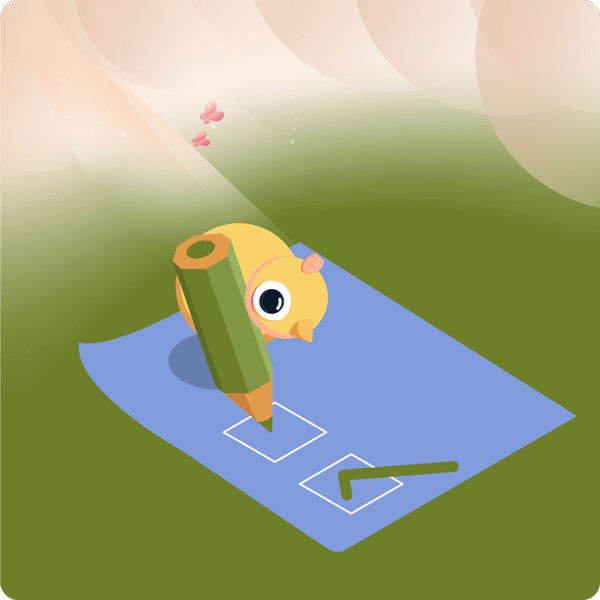
You have your own Island, Magicland, which changes according to your logged and tracked real-life actions and consumption.
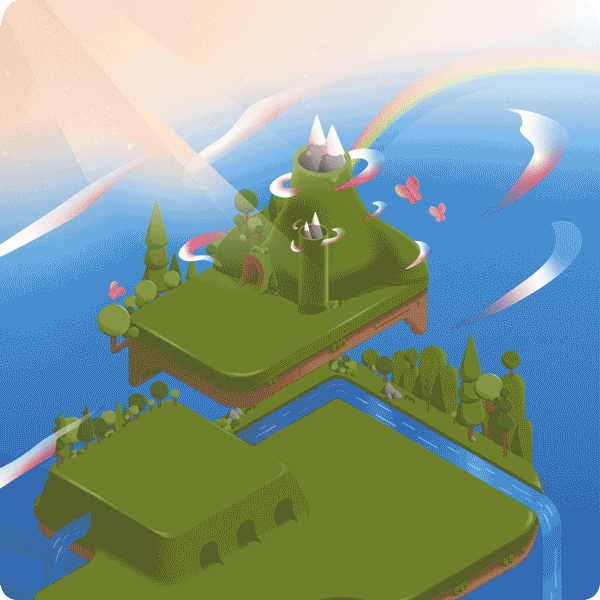
By tracking, you can get to know your actual carbon footprint and see how your choices affect the environment.
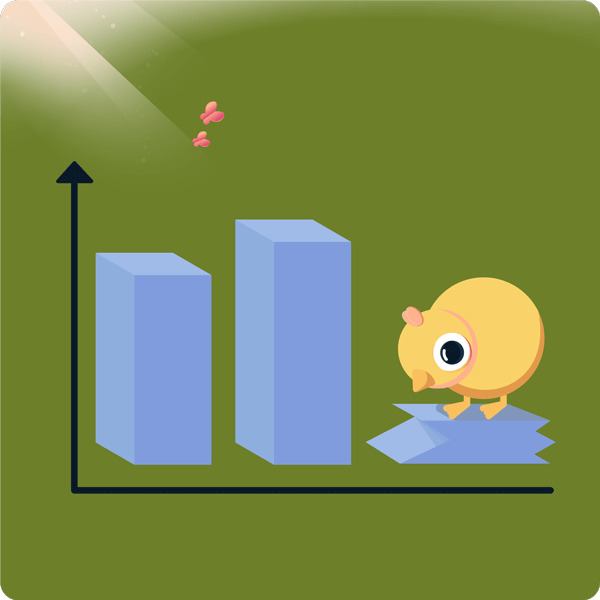
Tracking and understanding helps making a new plan on how you can reduce harm and make quick and better everyday decisions.

Game On before it’s Game Over!
Choose change and join the community to make the World a better place. Don’t forget: every little action counts and adds up!

How Can You Take a Good Care of your Island and the Earth?
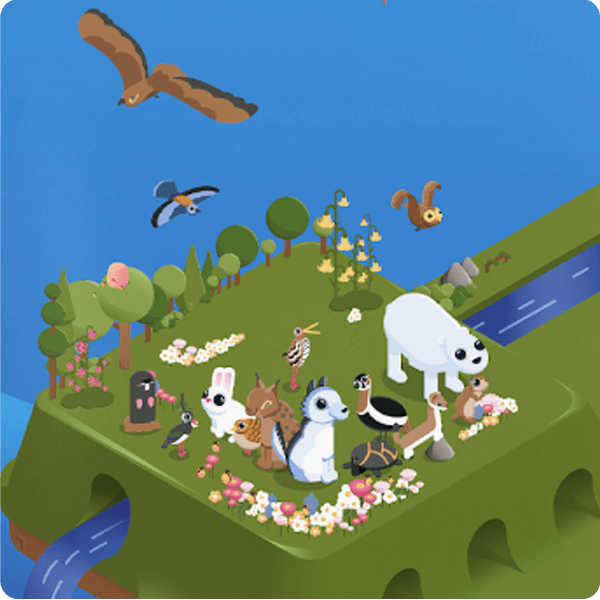
Vegan diet or eating less meat, (especially beef and lamb) leads to smaller carbon emissions and potentially less health issues. Reducing your use of single-use plastic can make a huge impact and only needs a little practice to make it a new habit. Also, you can try composting at home if you have the circumstances needed.

Using public transport and walking whenever you can, helps improving the air quality as you reduce emission. A good alternative can be choosing an electric vehicle too. Also, you can enjoy the view better if you don’t drive. Think of all the resentment caused by traffic and imagine yourself chilling in nature more.
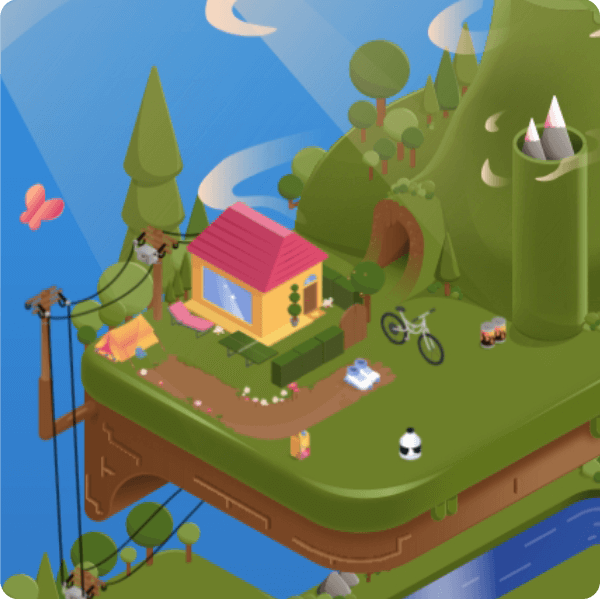
Try using less water and electricity; avoid fast fashion and choose basic pieces, while taking better care of your belongings; and delete read emails to save your electric devices. These are just a few advice that needs a little change in the way you think. Making your life easier saves you time and energy too.